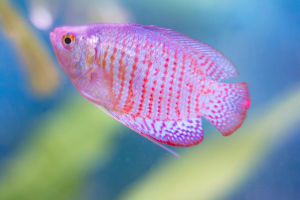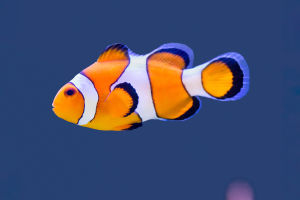The world's oceans, rivers, and lakes are teeming with life, and among the most intriguing inhabitants are aquatic mammals.
These remarkable creatures have evolved specialized adaptations to thrive in aquatic environments, displaying diverse behaviors and lifestyles.
From the sleek dolphins gracefully navigating the ocean depths to the massive whales breaching the surface, aquatic mammals captivate our imagination and inspire awe. This essay explores some fascinating mammals that call the water their home.
Dolphins are perhaps the most iconic and beloved aquatic mammals. These brilliant creatures are found in oceans worldwide, displaying remarkable agility and social behavior.
Dolphins belong to the family Delphinidae and are known for their playful antics, acrobatic leaps, and intricate communication. They possess keen senses, including echolocation, which allows them to navigate and locate prey in the vast ocean depths.
Dolphins exhibit complex social structures and often form tight-knit pods, cooperating in hunting and protecting each other from predators.
Whales are among the largest animals on Earth, and many species spend their entire lives in water. These majestic creatures belong to the order Cetacea and are further classified into two main groups: toothed whales (odontocetes) and baleen whales (mysticetes).
Toothed whales, such as sperm, orcas, and dolphins, use their teeth to hunt and consume prey, including fish, squid, and other marine animals. Baleen whales, such as humpback whales and blue whales, filter-feed by straining vast quantities of water through baleen plates in their mouths, capturing tiny organisms like krill and plankton.
Seals and sea lions, known as pinnipeds, are semi-aquatic mammals inhabiting coastal waters and icy polar regions. These carnivorous animals, with streamlined bodies and powerful flippers, are adapted for both swimming and terrestrial locomotion.
Seals, characterized by their lack of external ears and ability to "seal" their nostrils shut underwater, primarily hunt for fish and crustaceans. Sea lions, distinguished by their visible external ears and ability to "walk" on land using their flippers, exhibit more social behaviors and often congregate in large colonies during the breeding season.
Manatees and dugongs are gentle giants that inhabit warm coastal waters, estuaries, and rivers. These herbivorous mammals belong to the order Sirenia and are characterized by their large, round bodies and paddle-like flippers.
Manatees are primarily found in the Americas, while dugongs inhabit coastal regions of the Indo-Pacific. Both species graze on seagrasses and aquatic vegetation, using their specialized lips and bristle-like teeth to forage for food. Despite their massive size, manatees and dugongs are docile creatures, often referred to as "sea cows" due to their grazing habits and gentle demeanor.
Otters are playful and highly agile mammals that inhabit freshwater rivers, lakes, and coastal marine environments. These carnivorous animals belong to the family Mustelidae and are known for their sleek, streamlined bodies and webbed feet.
Otters are skilled hunters, feeding on fish, crustaceans, and mollusks, which they capture using their dexterous paws and sharp teeth. These intelligent creatures are also known for their playful behavior, often seen sliding down muddy riverbanks or engaging in water games with fellow otters.
Aquatic mammals represent a diverse and fascinating group of animals that have adapted to thrive in water environments. From the playful dolphins and acrobatic whales to the graceful manatees and playful otters, these creatures showcase the remarkable diversity of life beneath the waves.
As stewards of our planet's oceans and waterways, we must continue studying and protecting these magnificent creatures to ensure their survival and the health of marine ecosystems for generations to come.


